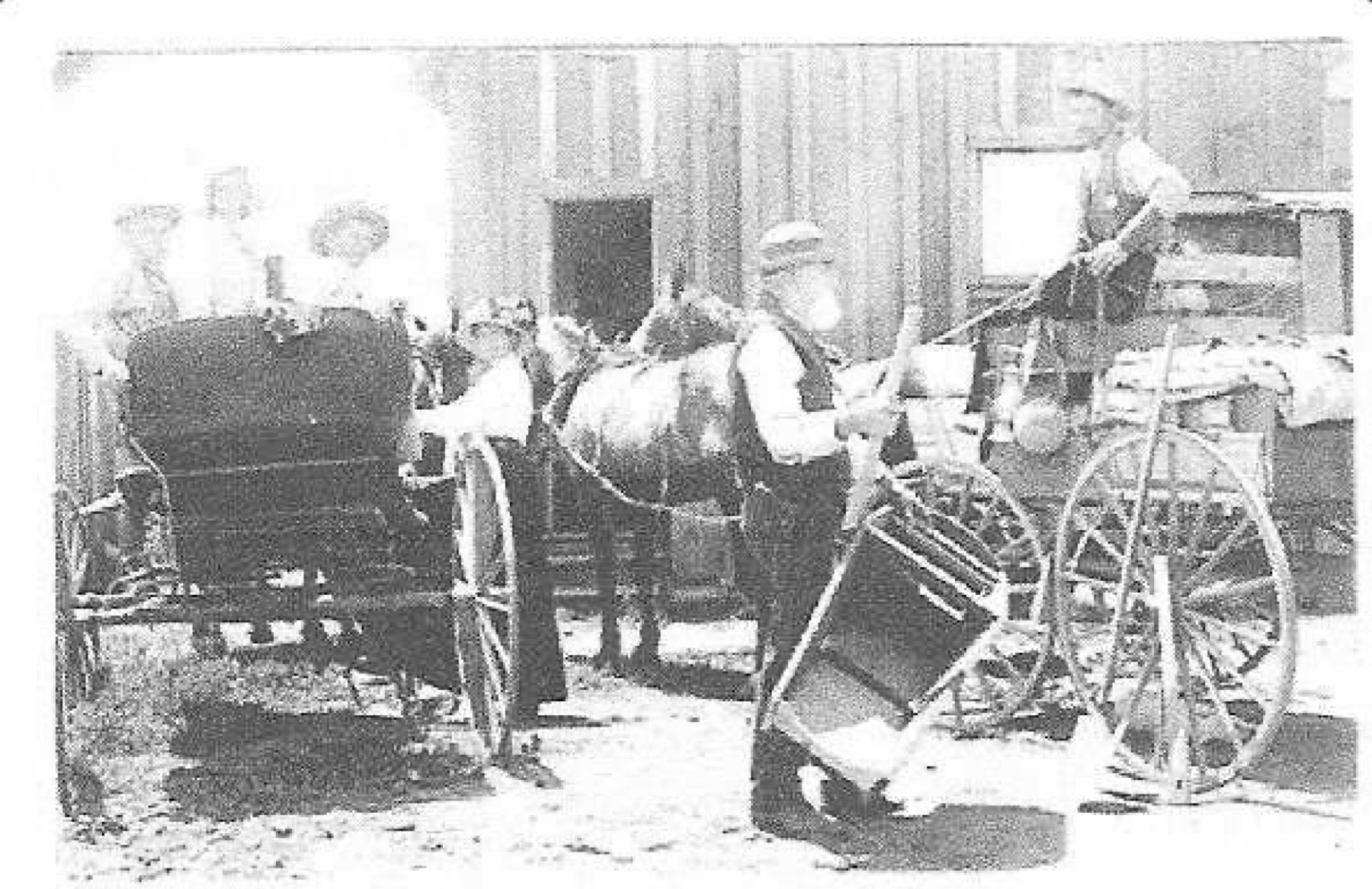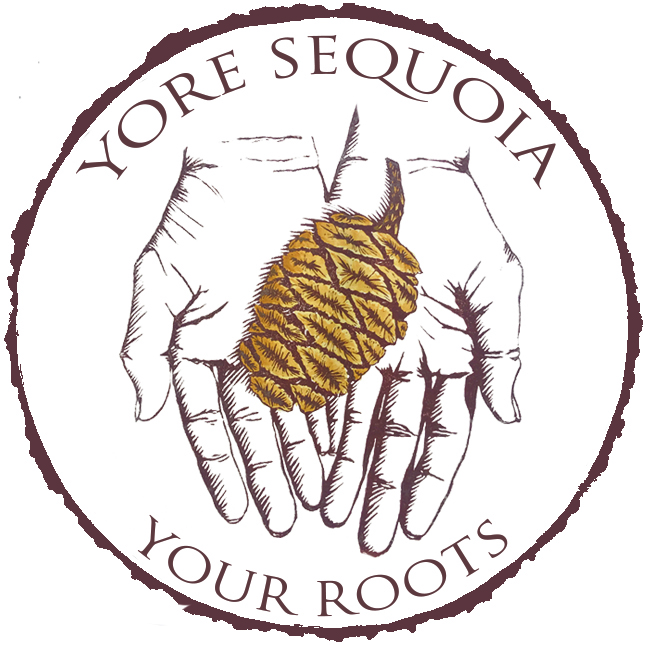Part Twelve: Living as an Act of Defiance
By Laile Di Silvestro. Published March 2025.
This is Part Twelve of a multi-part series by historical archaeologist Laile Di Silvestro. The series started with an astonishingly bold act—two women staking a claim in the remote Mineral King Mining District in what is now Sequoia National Park. The tale unfolds in California in the second half of the 19th century. It was place and time where women struggled to thrive within power structures that favored unscrupulous men. It is a true story. Read Part Eleven HERE.
Not all Gilkey men were bad, and not all the bad ones were bad all the time. Yet, in the best of cases, living with a Gilkey male required equanimity and courage.
As any woman who has been raped or lived with a violent man can attest, recovery is hard. Time doesn’t heal all wounds. A society that discounts women and a legal system that fails to give women a voice, let alone an equal voice, compound the hardship. In such circumstances, just living could be considered a triumph—an act of defiance against violent men, a paternalistic society, and a capricious legal system.
The Gilkey women did that and more. They were willfully, and even defiantly, alive.
Consider Lena. Despite being raped and raised by a violent man, she didn’t retract into a life of isolated misery. After her father’s death, she married a farm laborer. Together they raised a boy and three girls. To be sure, there was no “happily ever after” for them, and making ends meet was hard. But they had family. Her half blind uncle Joseph Gilkey took her and her siblings under his wing, along with their young families. Together, they ran a candy and ice-cream shop and took the children on trips back to Tuolumne County in search of gold.
And consider Lizzie and Lena’s seventeen-year-old cousin, Hazel Clapp. In 1911 when her stepfather struck her and her mother and threatened to rape her disabled sister, Hazel grabbed a gun and ran into her sister’s room to protect her. When the man came in, she pulled the trigger. She presumably didn’t mean to hit her stepfather, and she didn’t. Instead, the bullet pierced the door panel and fatally wounded her mother.
The stepfather, previously acquitted for raping Hazel, was sentenced to 180 days in jail. Hazel was investigated for murder by a coroner’s jury.
Initially inconsolable, Hazel contemplated death. The experts feared she would be insane if she survived. Yet, despite the trauma and the heartbreak, Hazel continued living. The coroner’s jury acquitted her, she eventually married a man she presumably loved, and she divorced him when she didn’t.
Our Ellen and Lizzie enacted a different sort of defiance. By staking their own mine claim in Mineral King, they even defied today’s leading mining historian, who wrote “American history has placed the exploitation of minerals firmly in the hands of males. […] As we look at the three major levels of miners—owners, managers, and laborers—there are virtually no women among them.”
It is impossible to overemphasize how astonishing their act was. By claiming mine ownership in a society that did not condone it, Ellen and Lizzie were asserting a new role for themselves and other women. By attaching their mine claim notice to their subtle stone monument, they asserted their equality with Edwin. By taking ownership, they assumed increased financial independence with the ability to sell ore and all or portions of their claim. And by filing their mine claim notice, they earned the right to vote in district elections 34years before they were legally allowed to vote in California, and 43 years before they could vote in federal elections.
By taking ownership of a mine as women, Ellen and Lizzie were defying a legal system that discriminates based on factors such as gender, ethnicity, economic status, connections, and political power.
Yet, until now, Ellen and Lizzie’s story was unheard. The story of all of Mineral King’s female mine claim owners has been completely edited out of our history. This important chapter in our collective past is absent in local, county, and state histories. Time doesn’t always heal, but it does effectively obscure aspects of our past that don’t suit society’s present narrative.
Yet, some tales have a way of finding their way back from obscurity.

To be continued…
Read Part 13.
Read the entire series here.
Sources:
Census records (Monterey County, CA)
Marriage records (Orange County, CA)
Federal naturalization records (CA)
Francaviglia, R. V. 1991. Hard Places. Iowa City: University of Iowa Press. P. 112
Monterey Daily Cypress. “Killed Her Mother.” 22 November 1911, p. 1.
The San Francisco Call. “Girl’s Bullet for Stepfather Kills Mother.” 22 November 1911, p. 1.
The San Francisco Examiner. “Girl Kills Mother in Resisting Attack.” 22 November 1911, p. 6.
The San Francisco Call. “Girl Who Shot Mother to Figure at Inquest.” 23 November 1911, p. 3.
The San Francisco Call. “Girl Who Shot Mother Released.” 24 November 1911, p. 5.
Santa Cruz Evening News. “Girl’s Reason May Be Lost.” 24 November 1911, p. 4.
Napa Daily Journal. “Exonerated: Hazel Clapp Acquitted on Charge of Killing Her Mother.” 25 November 1911, p. 7.
Salinas Daily Index. “Ball is Given the Extreme Penalty.” 8 December 1911, p. 1.
Monterey Daily Cypress. “Stepfather Gets Limit.” 9 December 1911, p. 1.
